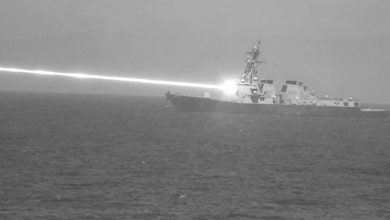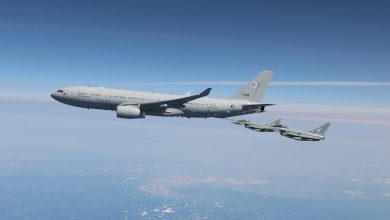Analysis: After NATO summit In Vilnius, what does west have to offer Ukraine?

During the recent North Atlantic Treaty Organisation (NATO) summit in Vilnius on 11-12 July, all eyes were on the Alliance’s Ukraine dilemma.
While other consequential issues also featured on the agenda—Sweden’s accession and the strengthening of NATO’s military footprint along its eastern flank—media coverage of the summit focused primarily on whether Kyiv would get any clarity regarding its aspirations to join NATO.
The Ukrainian leadership made the issue their utmost priority, arguing that Kyiv’s NATO membership would provide for the long-term security of both Ukraine and the entire European continent. Therefore, they wanted the summit to specify an accession roadmap.
However, several key NATO members, including the United States (US) and Germany, remain opposed to offering Ukraine any clarity as to when it can become a part of the Alliance, and are not for greenlighting its accession now, especially when the Russia-Ukraine conflict appears to have no end in sight. The latter would amount to NATO entering a war with Russia (as per Article 5 of the North Atlantic Treaty). Promising membership once the war is over—what Kyiv was trying to secure—appears less problematic on the surface but still carries numerous risks. If anything, such a promise would create an incentive for Moscow to ensure that the war never ends. Moreover, it puts unprecedented stress on the credibility of Article 5 of the North Atlantic Treaty—the cornerstone of NATO’s collective defence, which for over seven decades has served the Alliance well as the ultimate deterrent against external aggression.
Thus, Kyiv’s maximalist goal for the summit was a mission impossible. It is, therefore, surprising that President Zelenskyy still thought he could pressure the Euro-Atlantic leaders by issuing a last-minute tweet saying it was, “absurd when [a] timeframe is not set neither for the invitation nor for Ukraine’s membership”. As a result, he only angered his major partners and created unnecessary tensions during the summit. In all probability, after this failed pressure attempt in Vilnius, the Ukrainian government will find it increasingly difficult to continue extracting concessions from Western partners through media pressure campaigns, which it has done with impressive success since the conflict’s outbreak.
Three-component package
Instead of a clarified pathway to Ukraine’s membership, the summit communiquéconcluded that NATO “will be in a position to extend an invitation to Ukraine to join the Alliance when Allies agree and conditions are met”. In essence, the wording equals to the formula adopted at the 2008 Bucharest Summit, which promised that one day Ukraine (and Georgia) “[would] become members of NATO”. As analysts have since argued, the formula represented the worst of both worlds: It offered no clarity regarding Kyiv’s accession prospects and simultaneously further alienated Russia, as Moscow interpreted it as yet another confirmation of NATO’s malign eastward expansion plans. The latest summit has, thus, renewed that same approach.
Yet, the Zelenskyy government did not return from Vilnius empty-handed. The summit produced a three-component package for Ukraine.
First, when Allies “agree” it is time for Kyiv to embark on the accession process, it will no longer need to go through the so-called Membership Action Plan (MAP) stage that has traditionally been required from candidate countries. Finland and Sweden were also relieved of it. In the words of NATO Secretary General, Jens Stoltenberg, this “will change Ukraine’s membership path from a two-step process to a one-step process”. However, if the accession procedure were primarily of a bureaucratic nature, the decision would be a significant step forward for Kyiv. But the Vilnius Summit has evidently demonstrated that, like during the Cold War, it is now again purely political; hence, the abolition of the MAP stage per se does not really mean much for Ukraine’s prospects in NATO.
Second, the Ukraine-NATO Council was launched in Vilnius. Before, Kyiv’s cooperation with the Alliance was directed by a different body—the NATO-Ukraine Commission. The Council represents a more advanced forum, as its procedures will facilitate multilateral meetings “between equals”, i.e Ukraine will have the same rights in the Council as each NATO member state and will be able to convene its meetings.
A parallel could be made between this new possibility that Ukraine has gained and Article 4 of the North Atlantic Treaty, which stipulates that “The Parties will consult together whenever, in the opinion of any of them, the territorial integrity, political independence or security of any of the Parties is threatened”. Yet, the scope and magnitude of decisions that the NATO-Ukraine Council can take are not comparable to those of the North Atlantic Council, where the member states meet. In a way, the Council will complement the existing Ukraine Defence Contact Group (Ramstein format), which has coordina





